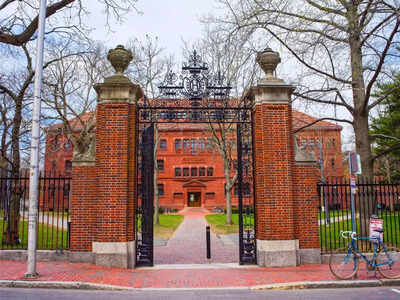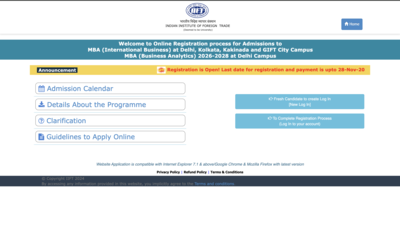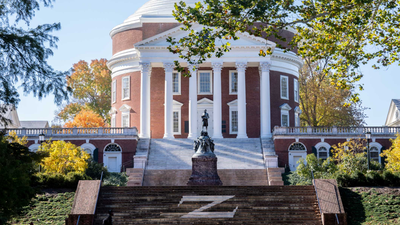Harvard’s diversity in flux: Black and Hispanic enrolment drops as Asian numbers climb

Harvard College’s latest freshman class shows notable shifts in racial composition, with the proportion of Black and Hispanic students declining while Asian American enrolment rises. The data, released on Thursday by the University, comes two years after the Supreme Court overturned race-conscious undergraduate admissions. Hispanic representation fell from 16 per cent in the Class of 2028 to 11 per cent for the Class of 2029, marking the largest decline among underrepresented groups. Black enrolment decreased by 2.5 percentage points to 11.5 per cent, a smaller drop than the four-point fall recorded last year. Conversely, Asian American students increased from 37 per cent to 41 per cent, after remaining relatively stable between the Classes of 2027 and 2028. The Harvard Crimson reports that Harvard did not report the share of students identifying as white or multiracial, and eight per cent of the class chose not to report their race.Impact of Supreme Court ruling The Supreme Court’s ruling in Students for Fair Admissions v. Harvard ended 45 years of precedent. Since then, the racial composition of the College has been closely monitored, with the University balancing legal and community pressures. Critics, including the organisation SFFA and federal authorities, have indicated they may challenge Harvard if underrepresented minority numbers fall, while students have voiced concerns about declining diversity.
Admissions and testing changes
This year also marks the first admissions cycle since President Donald Trump’s second term and Harvard’s reinstatement of standardized test requirements, waived for five years during the Covid-19 pandemic. Applications fell to 47,893, down from 54,008 for the Class of 2028, pushing the acceptance rate up to 4.18 per cent, the highest since the Class of 2024. The Harvard Crimson reports that the return to testing likely deterred thousands of applicants. Harvard employed a new method to calculate racial proportions, reporting percentages based on students who chose to identify their race rather than the entire class. The change, combined with unexplained discrepancies from last year, makes it difficult to determine the full extent of demographic shifts between the Classes of 2027 and 2029. Students identifying with multiple racial backgrounds are included in each relevant category.Trends among peer institutions The decline in Black and Hispanic enrolment mirrors trends at peer institutions. Yale and Princeton also reported decreases, with Princeton’s Black freshman cohort reaching its lowest proportion since 1968. Harvard’s yield rate remained strong at 83.6 per cent, reflecting continued demand despite fewer applicants.International student challenges International students accounted for 15 per cent of the Class of 2029, down three points from last year but consistent with prior cycles. The Harvard Crimson reports that yield among international students exceeded 90 per cent. Harvard navigated a series of challenges this summer, including revocation threats to its Student and Exchange Visitor Program certification, stricter visa screening, and entry bans affecting some admitted students. In response, the University extended waitlist admissions and offered admitted international students the option to defer to non-American universities.Financial aid and access The Class of 2029 also marks the first cohort under Harvard’s expanded financial aid policy, which provides free tuition for students from families earning less than $200,000 per year. Nearly 45 per cent of the class will attend tuition-free, with more than half receiving full support covering room and board. First-generation college students comprise 20 per cent of the class, and an estimated 21 per cent are eligible for federal Pell grants. “Even amid shifting economic realities, our commitment to access and opportunity remains unwavering,” Faculty of Arts and Sciences Dean Hopi E. Hoekstra said in a press release reported by The Harvard Crimson. “That nearly half of this class will attend Harvard tuition-free fills me with immense pride and optimism for the future they will help shape.”Looking ahead The Class of 2029 illustrates the ongoing tension in elite higher education: maintaining diversity while navigating legal, political, and policy changes. As Harvard adjusts to a post-Students for Fair Admissions era, the racial composition of its student body will remain a focal point for both observers and the University community.






